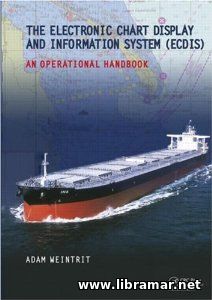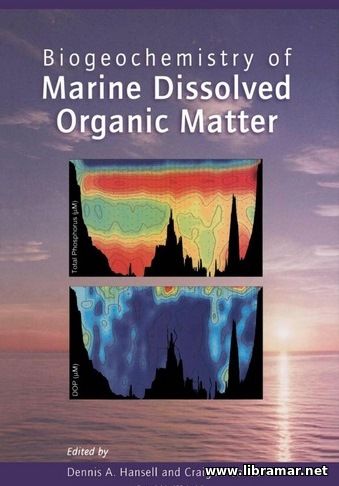SHIP-PORT INTERFACE GUIDE — PRACTICAL MEASURES TO REDUCE GHG EMISSIONS

| Author(s) | Sally Sargeant |
| Publisher | IMO |
| Date | 2021 |
| Pages | 46 |
| Format | |
| Size | 10 Mb |
| D O W N L O A D | |
International efforts to tackle greenhouse gas, or GHG, emissions encompass the Paris Agreement and its associated goals, along with the United Nations 2030 Agenda for Sustainable Development and its Sustainable Development Goal 13, referred to as SDG 13 and prescribing to take urgent action for combating climate change together with its impacts. As part of the commitment to global emission reduction, the IMO adopted Res. MEPC.304(72), which outlines the Initial IMO Strategy for reducing GHG emissions from ships.
This strategy envisions not only the reduction of GHG emissions from international shipping but also their eventual phase-out within this century. The Strategy identifies a range of candidate measures across short, mid, and long-term categories that the IMO can develop further to meet its ambitious targets. Among these short-term measures is a call to promote global port developments and activities that help reduce GHG emissions from shipping. This includes offering ships and shoreside/onshore power supplies from renewable sources, establishing infrastructure for alternative low-carbon and zero-carbon fuels, and optimizing logistics planning across ports. Additionally, the critical role of ports within the broader supply chain and their potential to contribute to GHG emissions reduction in shipping has been recognized through the adoption of Res. MEPC.323(74), inviting member states to encourage voluntary collaboration between the port and shipping sectors to aid in lowering GHG emissions.
To support the maritime industry in achieving the IMO’s emission reduction targets and fostering greener shipping practices, this guide serves as a call to action for the port and shipping sectors to facilitate GHG emissions reductions at the ship-port interface. It is particularly valuable for stakeholders including shipowners, ship operators, charterers, ship agents, shipbrokers, port authorities, terminals, nautical service providers, and others who play crucial roles in implementing necessary changes and adopting emission reduction measures within the ship-port interface.
The "Read Later" function allows you to add material to this block with just one click. Just click on the icon and read the articles that interest you at any convenient time.


